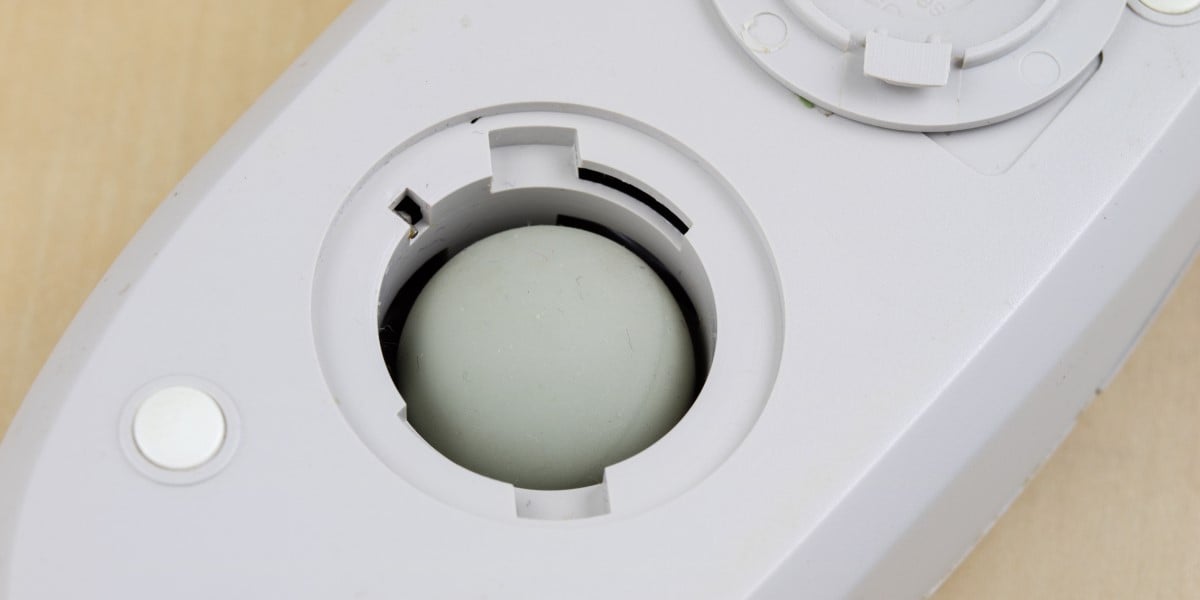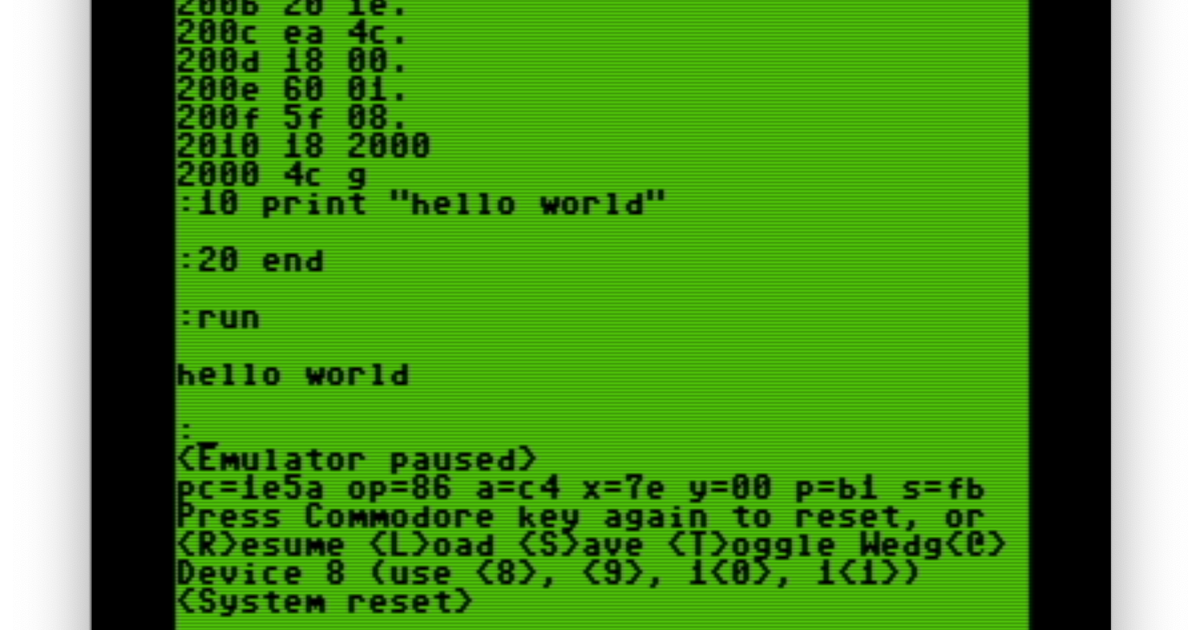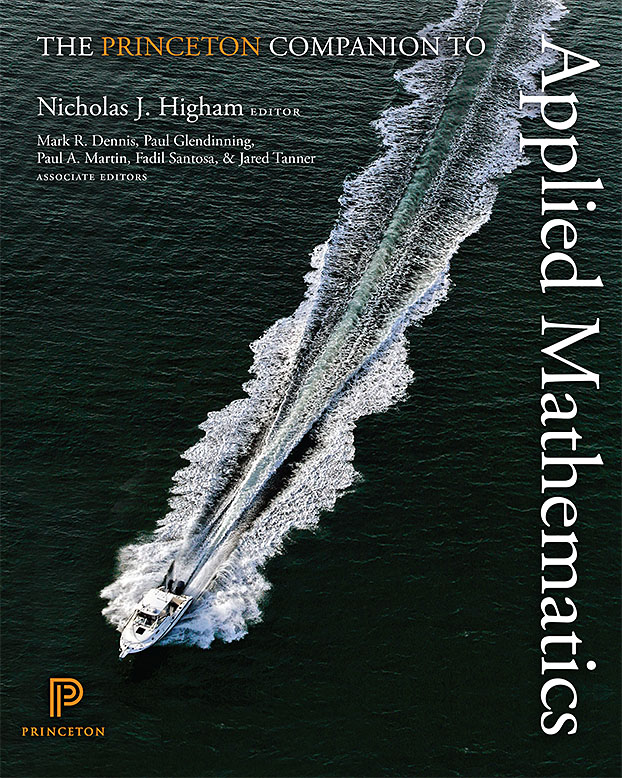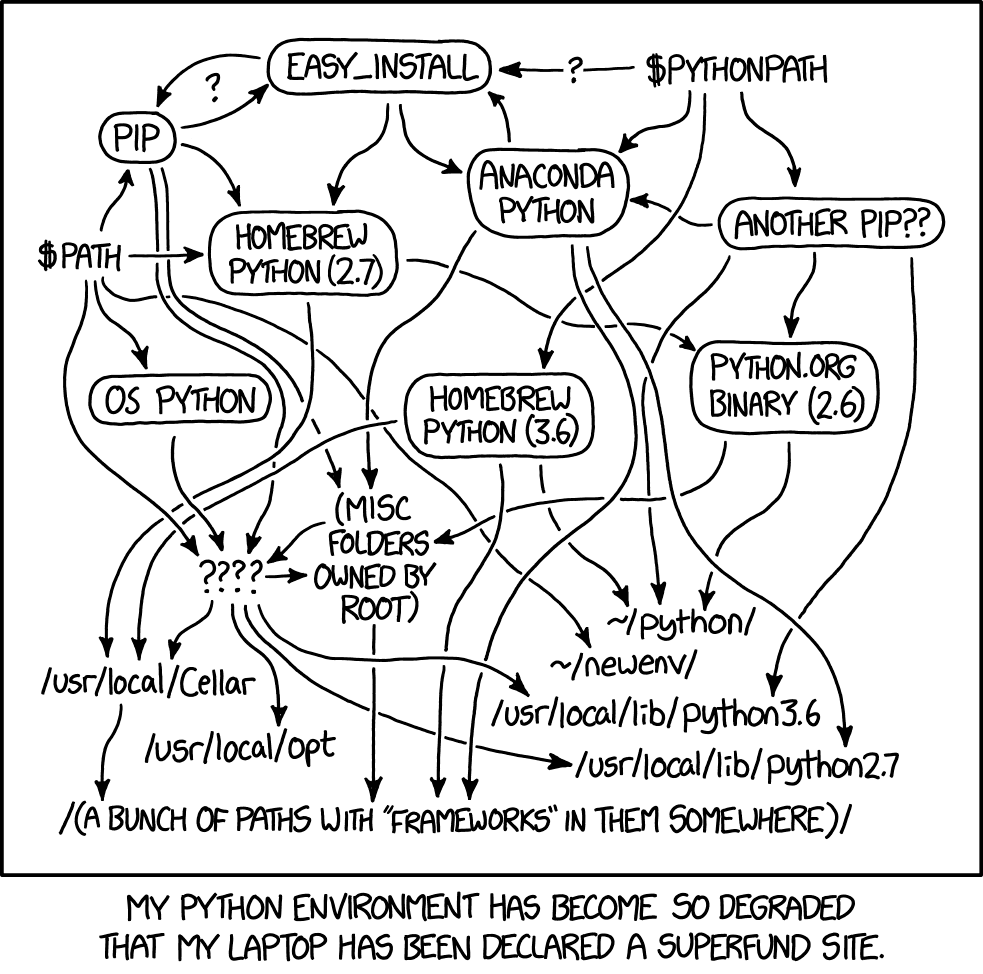
Scientists Can Now Hack Weather Satellites to Quantify Methane Leaks
For decades, scientists have come up with estimates of greenhouse gas emission through paper-based calculations of what’s pouring out of smokestacks and tailpipes, as well as based on the amount of energy consumed by end users.
Researchers also use data from satellites in low-Earth orbit to snap images of methane leaks as they circumnavigate the globe; unfortunately, these space objects typically zoom by at hypersonic speeds of ~17,000 miles per hour, meaning that scientists are only able to estimate emission rates.
Now, scientists have devised a method to more accurately estimate methane emissions using stationary weather satellites orbiting far above the planet’s surface. Last year, researchers at Harvard University discovered that the National Oceanic and Atmospheric Administration's Geostationary Operational Environmental Satellites (GOES) used for weather forecasts can be used to detect large methane emissions of around tens of metric tons an hour or larger. Methane is considered one of the most potent greenhouse gases.
Unlike their faster Low Earth Orbit (LEO) brethren, Geostationary or Geosynchronous Orbit (GEO/GSO) satellites orbit 22,200 miles above the surface of the Earth and maintain a fixed position relative to specific locations on the Earth's surface. Although the GOES system wasn't built to detect methane, its short-wave infrared sensors designed to observe things like snow cover and fire hot spots can also be used to detect methane leaks.









.jpg?table=block&id=d8190960-4b18-433d-9e4f-7d6273f2e0b5&width=2000&userId=&cache=v2)






/cdn.vox-cdn.com/uploads/chorus_asset/file/25422612/Screenshot_2024_04_27_at_3.40.41_PM.png)



